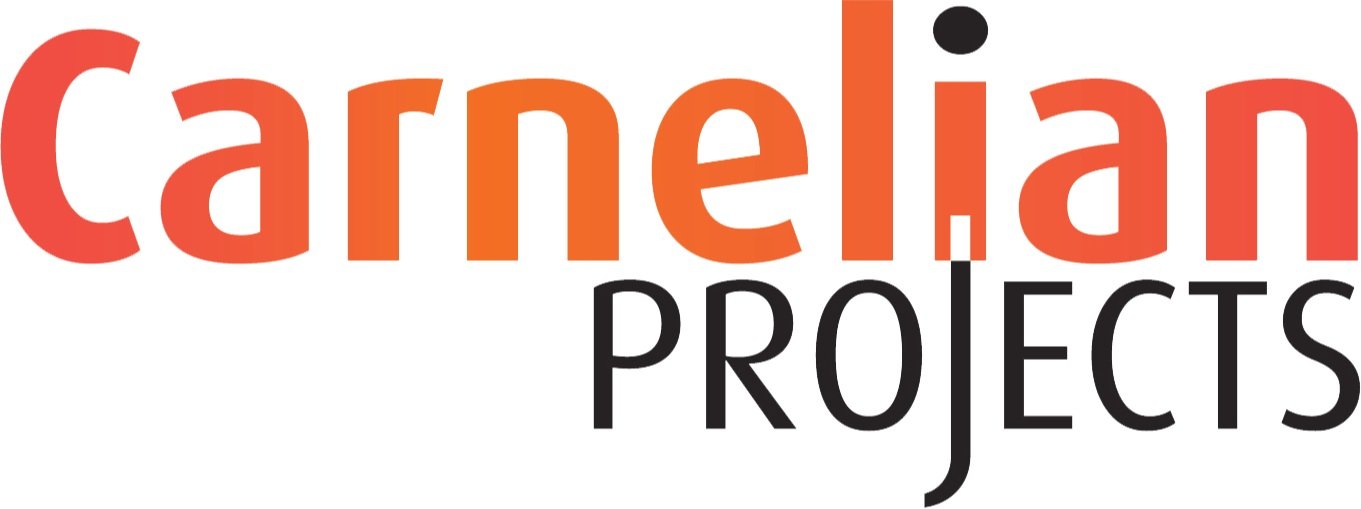Why Your Kitchen Splashback is an Important Feature
Gorgeous Sage Green tiles in my Clients’ Investment Home
Your Kitchen Splashback Can Make or Break the Space
When designing a kitchen, the splashback often plays second fiddle to cabinetry, benchtops, and appliances. But this seemingly minor detail can be the defining feature that elevates—or undermines—your entire kitchen aesthetic. Whether you're going for timeless elegance or bold personality, the splashback is your canvas.
The Power of the Splashback
A splashback isn't just a protective barrier against cooking splatter—it's a visual anchor. Positioned at eye level, it naturally draws attention and can either harmonise or clash with the rest of your kitchen. The right splashback can:
Add texture and depth
Introduce colour and contrast
Create a focal point
Reflect light and enhance space
Neutral vs. Bold: Finding the Balance
Too Neutral?
A plain white or beige splashback might feel safe, but it can also make the kitchen feel flat or uninspired—especially if the rest of the kitchen is similarly subdued. If you opt for neutral, consider adding interest through texture (e.g.stone or marble) or layout (e.g., herringbone or vertical stack).Too Bold?
Bright colors or busy patterns can be polarising (like wallpaper can be ). While they might reflect your personality, they can also date quickly or overwhelm the space. If you love bold design, consider limiting it to a smaller area(like the butler’s pantry) or using it as an accent rather than the main feature.
Material Matters: Tiles vs. Marble
Tiles
Versatile and budget-friendly, tiles come in endless shapes, sizes, and finishes. You can play with grout colour, layout patterns and even mix styles for a custom look.Great for Flexibility, DIY-friendly, budget-conscious designs.
Marble or Natural Stone
Luxurious and timeless, stone splashbacks offer seamless elegance. Veining patterns can add drama and sophistication, but they require more maintenance and come at a higher cost.Best for: High-end kitchens and statement pieces.
Size and Scale: What Works Best?
Small Tiles (e.g., mosaics or 100x100mm)
Great for intricate detail but can feel busy in large kitchens. Best used in compact spaces or as accents.(like a shower niche).Medium Tiles (e.g., subway tiles 75x150mm or 100x200mm)
A classic choice that suits most kitchens. Can be laid in various patterns to add interest.Large Format Tiles or Slabs
Ideal for modern kitchens. Fewer grout lines mean a cleaner look and easier maintenance. Works well with minimalist or contemporary styles and is popular with darker toned kitchens.
Tips for Choosing the Right Splashback
Consider the overall palette – Match or contrast with cabinetry and benchtops.
Think about lighting – Glossy finishes reflect light, matte absorbs it.
Test samples in your space – Colours and textures can look different under your kitchen lighting.
Don’t forget practicality – Choose materials that are easy to clean and durable….you don’t want to be constantly scrubbing white tiles if you cook pasta every night!
All in all choosing the Kitchen Splashback is one of the most exciting things to do when building a new home, just think of your future self and if you will like your choice in a few years time.

